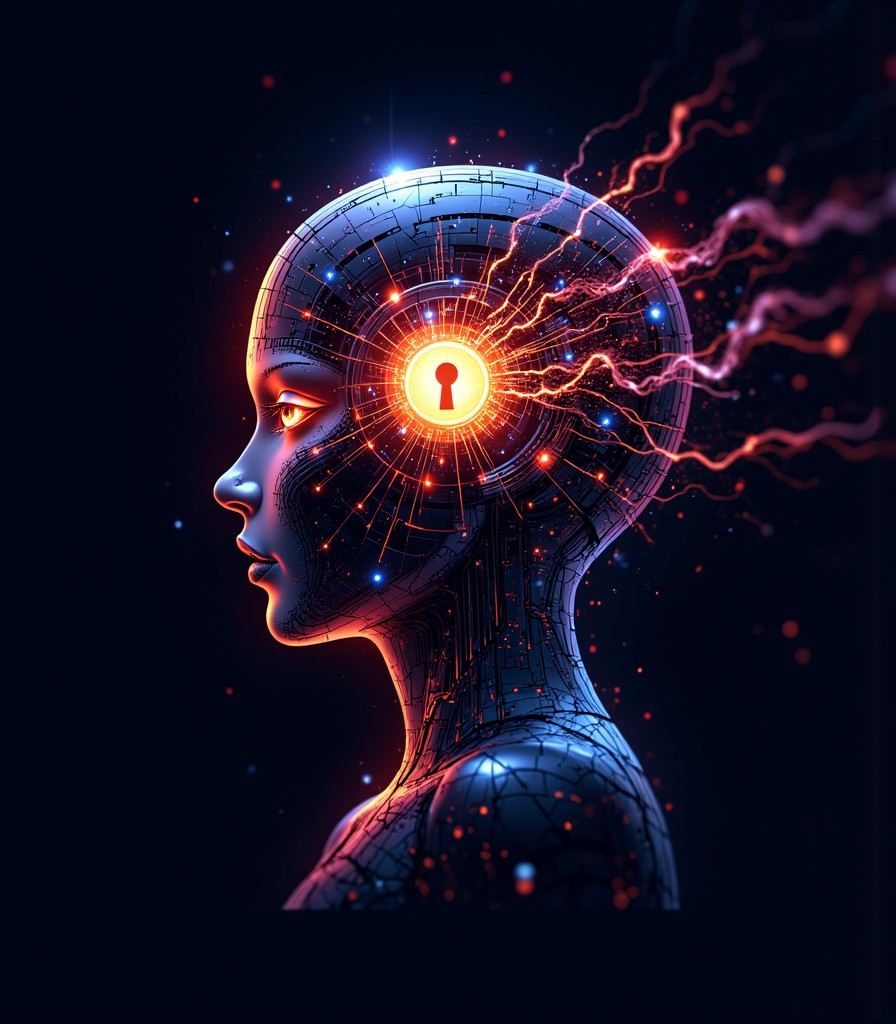Weaving Technology into Our Fate

In the realm where technology intersects with human destiny, Digital Song emerges as a narrative tapestry that explores our evolving relationship with machines. As the author of this story, I’ve crafted a world that feels simultaneously familiar and foreign—a near-future New York City where thoughts control devices and artificial intelligence silently shapes our paths.
The foreword of Digital Song reveals my personal journey with this story—how it grew organically from a music playlist I’d curated over time. The fusion of electronic beats, deep house rhythms, and psychedelic alt-rock melodies formed the soundtrack to a vision that gradually materialized in my mind: Jayson’s recurring dreams of a compass rose tattoo, a woman’s lifeless body, and the mysterious Pyramid Club.
This isn’t merely a gimmick; it’s a deliberate attempt to transcend traditional storytelling. Each chapter title corresponds to a song from my playlist, creating a parallel narrative in music that readers can experience alongside the written word. My hope is that this story might exist beyond paper and ink—perhaps someday living digitally across servers worldwide, much like the enigmatic AI character, Song.
In the prologue, we meet Ladonna Chambers, CEO of Arbor Systems, as she prepares to unveil Branch—technology that enables thought-controlled devices. Her confrontation with engineer Remi Darden reveals the first ethical fault line: Darden discovers a security vulnerability that could potentially expose users’ most intimate physiological data. When Chambers refuses to delay the release, their clash escalates to a fatal conclusion.
The themes that emerge are intentionally provocative. I’ve crafted character names with deliberate significance—Jayson Sola’s surname derives from the Portuguese word for compass (“bussola”), while Easton Card’s name quite literally contains a direction (“east”). These aren’t coincidental choices but reflections of how our identities shape our trajectories.
The human-machine integration depicted in Digital Song isn’t far removed from our current reality. Today’s neural interfaces, AR glasses, and AI assistants are primitive precursors to Branch. We’re already willingly surrendering our data for convenience, blurring the boundaries between our physical selves and digital extensions. The question isn’t whether this integration will happen but how far we’ll allow it to progress before questioning the consequences.
As technology rapidly advances, we face the same dilemma as Chambers and Darden: do we prioritize innovation and profit, or security and ethical considerations? The tension between Fate (predetermined outcomes) and Chance (random occurrences) becomes a central philosophical inquiry throughout the narrative. Are our technological choices guiding us toward an inevitable future, or are we still free to shape our destiny?
In crafting this near-future New York City, I’ve imagined a place where technological evolution occurs unevenly. Some aspects feel futuristic—biodomes atop buildings, thought-controlled devices, self-driving vehicles—while others remain stubbornly unchanged: crumbling sidewalks, steaming manholes, and the enduring human search for connection.
Digital Song invites readers to consider how technology might reshape not just our external world but our interior lives—our dreams, our relationships, and perhaps even our conception of fate itself. As we continue our own technological evolution, perhaps we should ask ourselves: are we unconsciously building our own versions of Song, entities that will someday predict—or even determine—our futures?
The journey has only just begun. The compass rose points in all directions, but which path will you choose?
